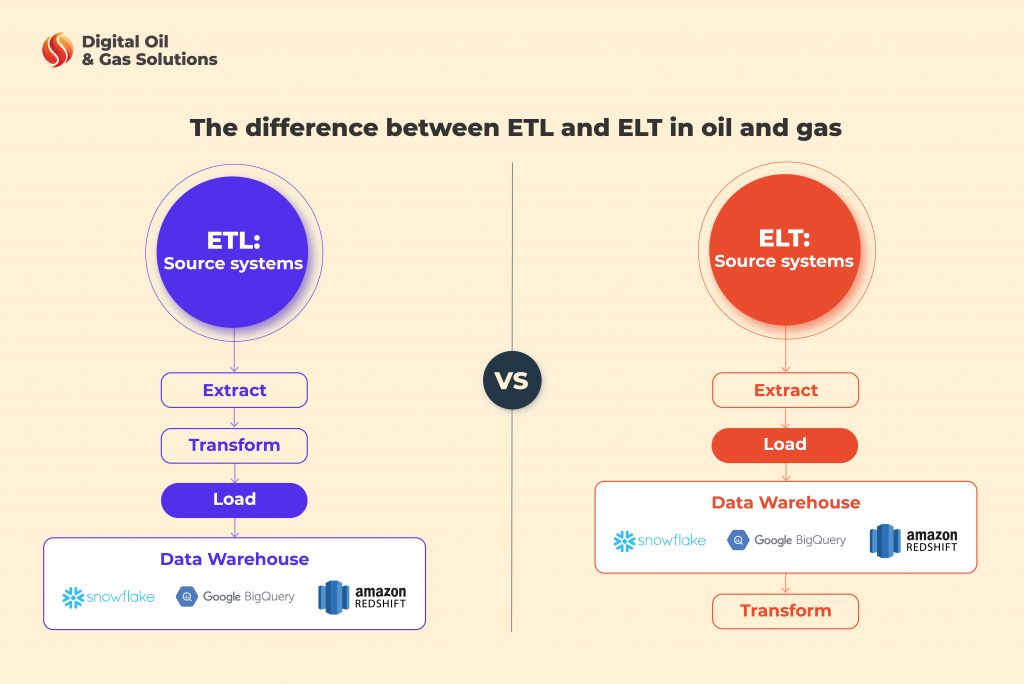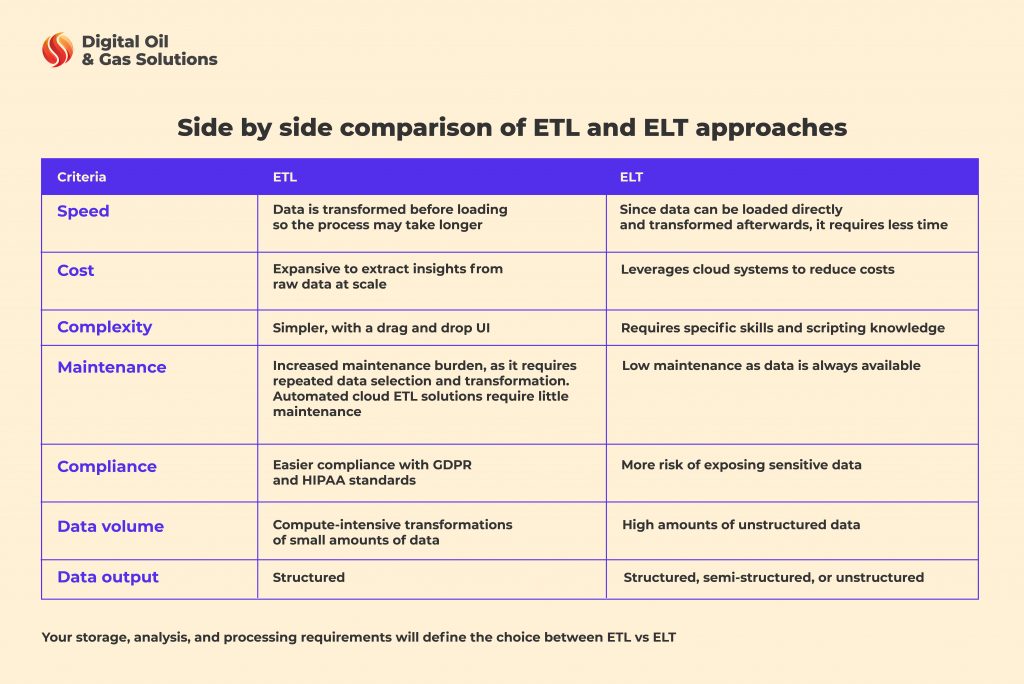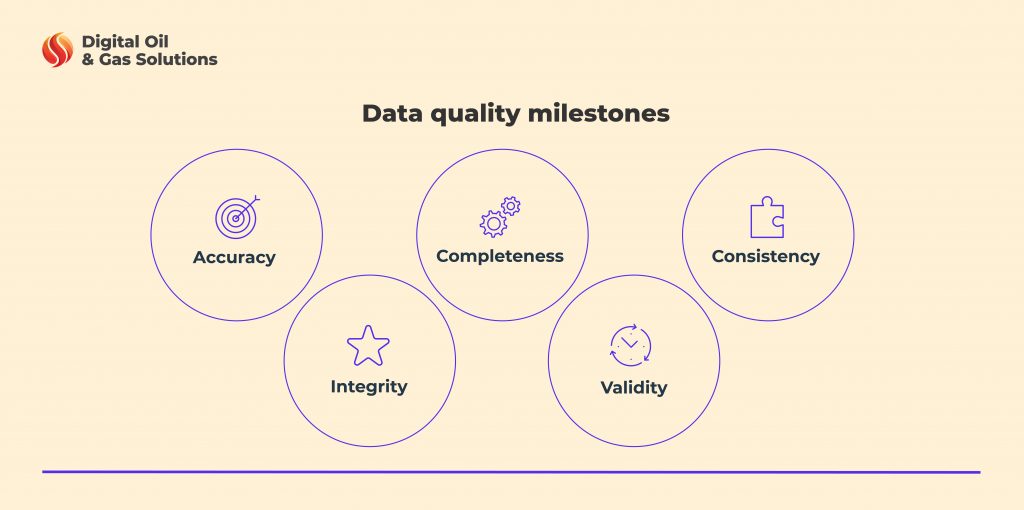Barre is a form of exercise that is usually practiced by women in groups. It is a social form of exercise, that is, an instructor teaches the class in a room and the rest of them follow the instructions. It is a mix of ballet exercises and pilates with a hint of yoga.
The history of barre
This form of exercise was developed by a dancer and a teacher named Lotte Berk in London. She was born in Germany, and her father was a Russian migrant. She was Jewish in faith, and hence in the late-1930s when Nazism came to a rise in Germany, she moved to London with her husband who held a British passport. She was trained under a very well-known dancer, Mary Wingman, a prominent figure in the genre of modern dancing.
Berk was well versed in her moves at the young age of 18 itself and was signed to various big companies in the ballet scene. In the 1950s, she suffered from a back injury that caused her ballet dancing to be stopped for a while. However, she did not like the fact that she could not dance anymore, hence, she worked with an osteopath to develop a form of exercise that helped her physically get back together. She still wanted the essence of ballet in it, and then with that, the concept of Barre came up.
She opened various schools for women across London. Barre was taught to these women. Eventually, one of her students named Lydia Bach moved to the United States of America and brought the Barre technique of exercise with her. Lydia Bach also wrote a book titled ‘Awake! Aware! Alive!’, in which she talked about Barre and many other exercises.
Slowly and gradually, barre spread across the world and there were many companies established that specialized in teaching barre to people.
Types of Barre Classes
Barre is a type of fitness class that combines elements of ballet, pilates, and yoga. It is designed to strengthen and lengthen the muscles while increasing flexibility and balance. There are a number of different types of barre classes available, each with its own unique focus.
- Traditional barre classes focus on low-impact body movements that are set to upbeat music.
- Classical barre classes which involve more challenging exercises and techniques drawn from classical ballet training.
- Cardio Barre focuses on large muscle groups to work up a sweat
- Pilates Barre emphasizes core strength, posture, and alignment.
- Chair Barre is a seated version of the traditional format designed for those who may be unable to stand for long periods or need an accessible option.
Does Barre work in losing weight?
Barre workouts can be an effective way to lose weight. They consist of workouts the ballerina perform before their routine, but they are simplified so they can accommodate everyone. The high-intensity, low-impact nature of barre workouts can help you burn calories, increase your heart rate, and boost your metabolism, all of which can help you lose those unwanted pounds. If it is done regularly and with great precision, it can do wonders for your body in a very short amount of time.
Apart from that, barre workouts can help you build lean muscle mass. Muscles are built when the body is exercising well. It takes the fat from the body and converts it into muscle mass, which is healthier than having fat in the body. Hence, having muscles can help you burn more calories even at rest.
However, it’s important to note that weight loss is not just about exercise. It’s also about maintaining a healthy and balanced diet. In order to lose weight, you need to create a caloric deficit, which means burning more calories than you consume. So, in addition to participating in barre workouts, it’s important to pay attention to what you eat and make sure you’re consuming fewer calories than you’re burning.
One way to do this is to focus on eating whole, unprocessed foods, such as fruits, vegetables, lean proteins, and healthy fats. These types of foods will provide your body with the nutrients it needs to support your workouts and help you lose weight. Avoiding processed and high-sugar foods can also help you control your caloric intake and support weight loss.
In addition to your diet, it’s also important to make sure you’re getting enough rest and managing your stress levels. Lack of sleep and high levels of stress can both hinder weight loss and make it more difficult for your body to recover from workouts. So, ensure you’re getting enough sleep and taking steps to manage your stress levels, such as practicing meditation or deep breathing exercises.
Is it possible to burn calories while attending barre classes?
Yes, it is possible to shed off calories while attending barre classes. Infact, barre classes are considered as an intense and effective way to exercise that can burn a significant number of calories per session. The exact amount of calories burned will depend on the intensity of the class, as well as your own body and fitness level. Generally, experts suggest that one hour of Barre classes can burn between 250 and 500 calories, depending on how hard you work during the session. Additionally, Barre classes can help tone muscles and improve posture which can lead to increased calorie burning long after the class has ended. With consistent effort and dedication to Barre classes, you can expect to see results in no time.
How fast are the results?
Weight loss is not something that can be achieved within days. It takes a lot of patience, hard work and a proper diet. But the hardest part comes later when you have enough weight. People tend to gain back the weight when they have achieved their goals. This is because after you have achieved your desired weight, you tend to leave the regular routine that helped you to lose weight and start developing bad habits. Such bad habits include no more working out, eating any type of food possible without measuring its calorie count and so on.
So joining and continuing barre exercises will help you to lose weight and maintain it. This is because a barre workout is a low-impact exercise that goes on smoothly till the end. Compared to high-intensity workouts, the amount of sweat produced after barre workouts is very less. This might surprise you, but don’t worry as this form of low-impact workout enables oxygen back into your system at a constant rate, keeping your heart pounding while burning fewer calories overall than higher-intensity workouts like running, walking or cycling.
As a result, the results may seem slow at the beginning but yes, you will definitely witness results after 2-3 months.
Conclusion
Overall, barre workouts can be an effective way to lose weight. It has been proven helpful to several women all across the world and has helped them build physical strength and body flexibility, as the exercise includes a lot of stretching and moving your body.
Barre is one of the forms of exercise that must be practiced with an instructor in the room. It requires very few amounts of equipment but the exercises are very precise and require to be paid attention very well. Ballerinas take years and years of training to just learn the art, so it would take a little effort to get used to barre.
But exercising itself is not enough, it needs to be part of a healthy and balanced lifestyle that includes a nutritious diet, adequate rest, and stress management. By focusing on these key areas, you can maximize the benefits of your barre workouts and achieve your weight loss goals.
Source link
#Barre #good #weight #loss #Health #Healthier




































